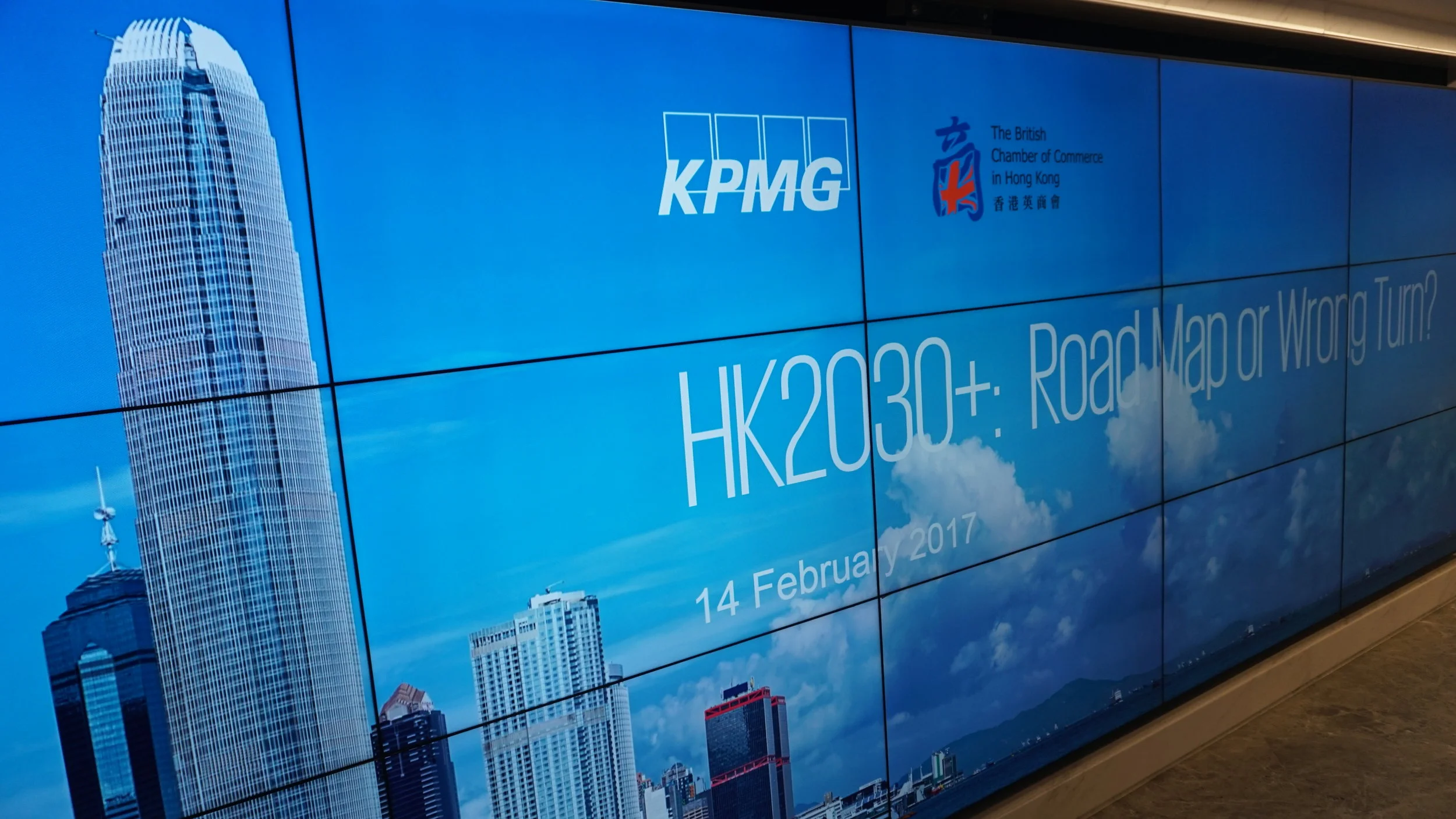Fiona Waters, Managing Director, spoke at a British Chamber Evening Seminar on ‘Hong Kong 2030+’, the government’s planning vision and strategy for 2030 and beyond which is in its first stage of public consultation.
The event, attended by about 70 people, intended to encourage ideas, provoke debate and provide a framework for the British Chamber to provide a contribution to the public consultation. The event included Roger Nissim providing perspectives on population, Peter Cookson-Smith providing perspectives on livability, whilst Fiona provided an economists perspective on the strategy.
Fiona congratulated the government for sharing the strategy and asking for comments and ideas. However, she highlighted some observations, major concerns and made three key points:
- The strategy shows no/little understanding that businesses cluster in the CBD and metro area because of the sizeable comparative advantage of agglomeration. The strategy suggests that in the future the development areas in the New Territories will have a balance of jobs to population that is almost as high as the current CBD. This idea of creating self-contained but relatively small new towns has never worked, more people commute to the metro area than ever before. An additional 400,000 jobs are anticipated in the NT. This either needs a strong policy and incentive implementation plan or it simply won’t work. Putting jobs on a map without thorough analysis and implementation strategy as to how it can be achieved, is simply misleading the public. We would like to see an analysis of and strategy for employment growth that incorporates both type of economic sector (finance, trade etc) AND location.
- The strategy pays lip service to the huge opportunity of the Peal River Delta, the world’s largest urban agglomeration. Whilst global trends and opportunities are noted in the background papers, there is little or no application in the strategy itself. We would like to understand how the strategy makes the best use of Hong Kong’s advantages and the opportunity of the PRD.
- The strategy does not present any assessment of alternative options considered or a rationale as to why the proposed option best fulfills the stated objectives. We note that some 900ha of land is held in developer land banks in the New Territories. If we disregard the land needed for quarries and the like, the land supply requirement is about 900ha! We would like to see an alternative option that makes the most of infill and upzoning in the metro area and the building up of a critical urban mass in the New Territories. We surmise that a review of such an option will demonstrate the fallacy of the East Lantau Metropolis which is simply a political sidestep to avoid suggesting development anywhere there may be objections, and should be dropped at the earliest opportunity.
Images courtesy of The British Chamber of Commerce in Hong Kong



